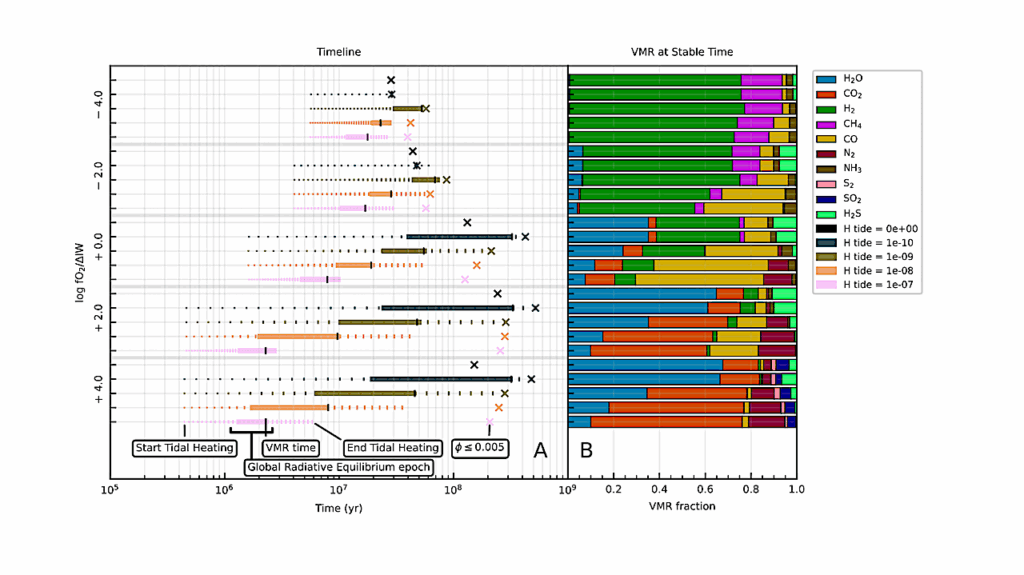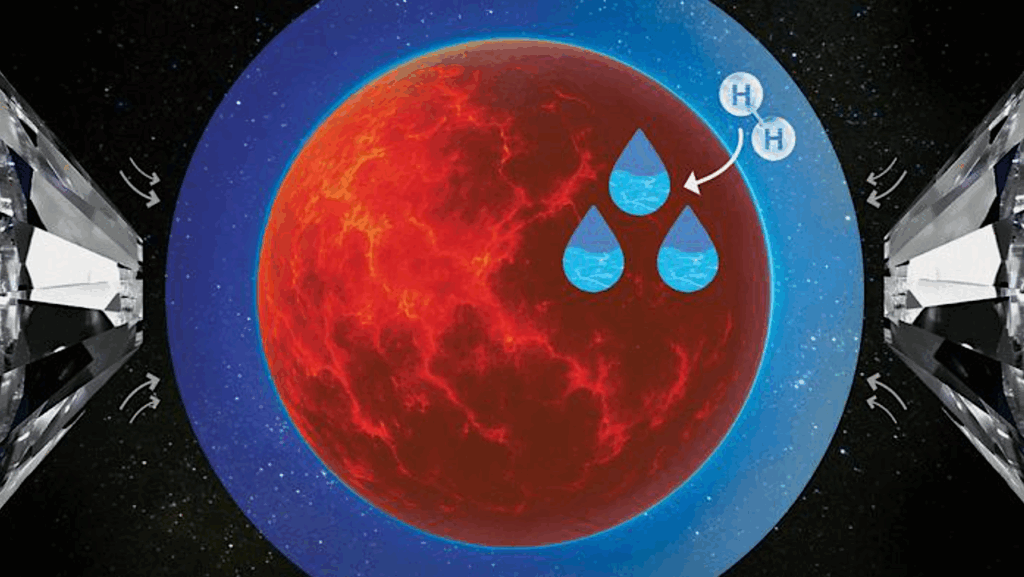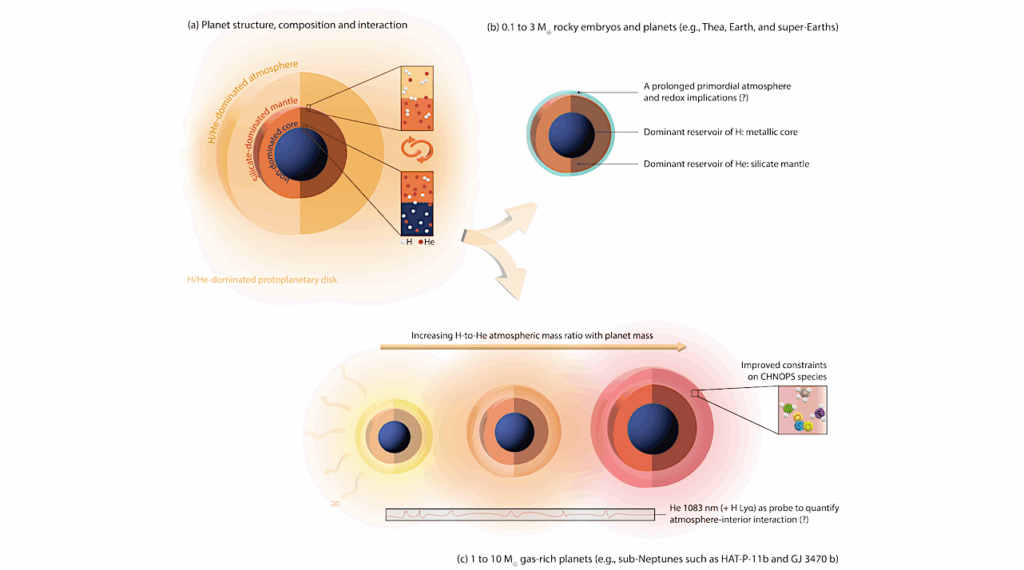Diurnal Variations Of Lee Wave Clouds On Mars Using Emirates eXploration Imager (EXI)

Understanding the diurnal behavior of lee wave clouds on Mars provides critical insight into the planet’s mesoscale atmospheric dynamics and their interaction with surface topography.
Lee wave clouds exhibit distinct spatial and temporal patterns that vary over the Martian day. In this study, we investigate the diurnal distribution and frequency of lee wave cloud activity during Martian Year (MY) 36 using observations from the EXI instrument aboard the Emirates Mars Mission (EMM) “Hope” spacecraft.
A total of 50 lee wave events were identified, with a pronounced peak in activity during afternoon hours between solar longitudes (Ls) 270 deg and 360 deg. Our analysis reveals a seasonal and local-time dependence for these clouds, providing a comparative framework with previous mission datasets.
These findings not only enhance the current understanding of Martian weather processes but also support future efforts to model and predict terrain-induced cloud dynamics across key locations on Mars.
Mariam R. Alshamsi, Mashhoor A. Al-Wardat
Comments: 9 pages, 1 figure, 1 table
Subjects: Earth and Planetary Astrophysics (astro-ph.EP); Instrumentation and Methods for Astrophysics (astro-ph.IM)
Cite as: arXiv:2510.27673 [astro-ph.EP] (or arXiv:2510.27673v1 [astro-ph.EP] for this version)
https://doi.org/10.48550/arXiv.2510.27673
Focus to learn more
Submission history
From: Mashhoor Al-Wardat Prof.
[v1] Fri, 31 Oct 2025 17:38:41 UTC (406 KB)
https://arxiv.org/abs/2510.27673
Astrobiology, Atmosphere,








